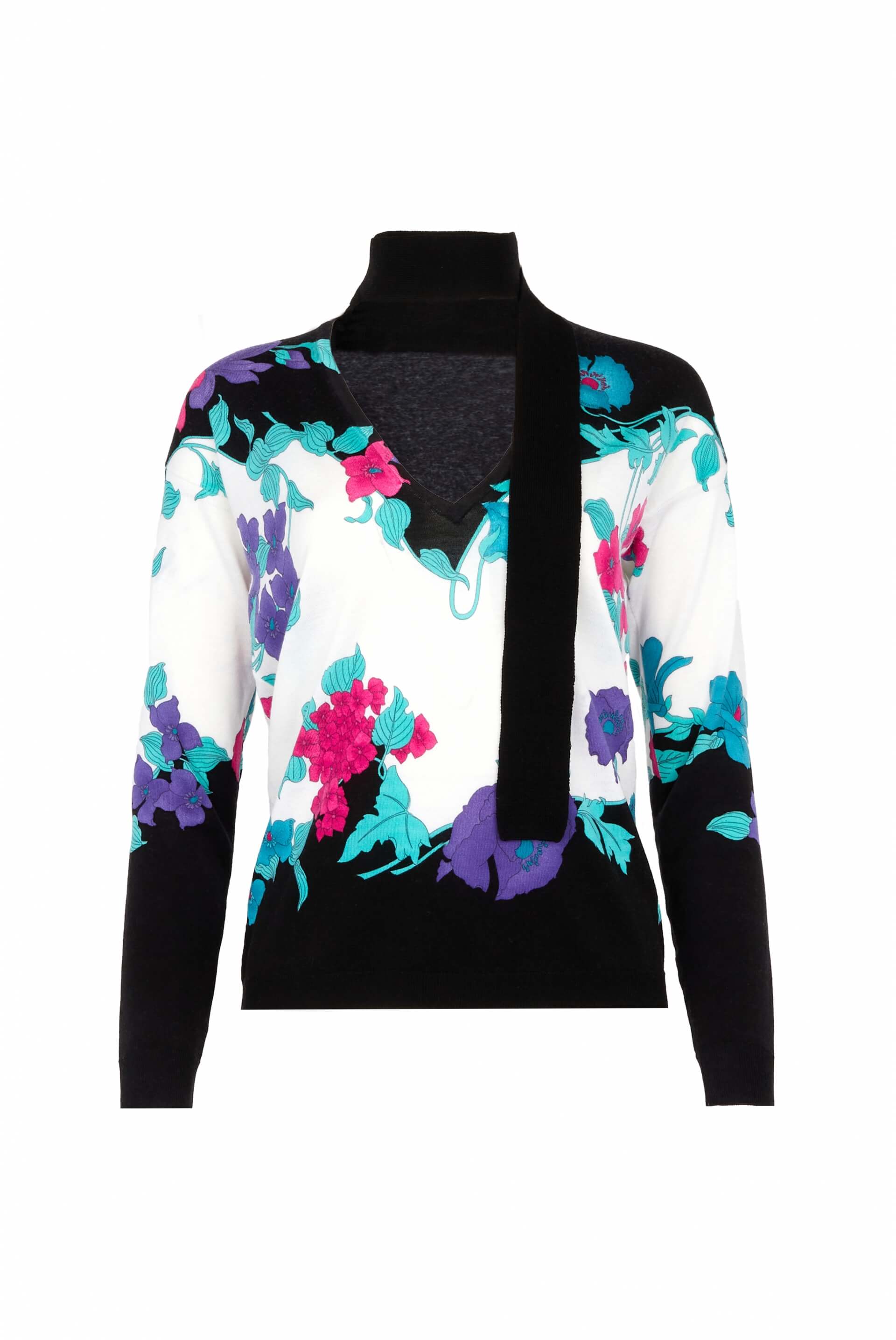

Pace opens an exhibition of two bodies of work by Paul Graham Yolanda López, artist who celebrated working-class women, dies at 78 Sculpture of giant fountain pen to be unveiled in Oxford Gagosian opens an exhibition of new paintings and works on paper by Nathaniel Mary QuinnĪ simple directive sparked a storied career: 'Now, take the picture.'Ĭhristie's Prints & Multiples Sale now live for biddingĬave featuring Native American wall art is sold to an anonymous bidderĪnarchy, and $$$, in the vintage punk clothing market Meadows Museum opens 'Canvas & Silk: Historic Fashion'Įli Wilner & Company announces period frame donation program for museums I make works as punctuations, inspired by observation of daily life and stretched to some sort of archetypal patterns. Gaia FUGAZZA Selected group shows include Royal Acad-emy, Lisson Gallery, Whitechapel Gallery, Baltic Triennial 13, Mimosa House. She had solo and duo exhibitions at Gallleriapiú, Bologna Haüsler Contemporary, Zurich Zabludowicz Collection, London Spazio Cabinet, Milano.

Fugazza com-pleted an MA Fine Art at Chelsea College of Arts, London (2014), received her BA in Painting at the Brera Art Academy in Milan (2008). 1985) was born in Milan, Italy and currently lives and works in London. Works featured in the show were included in Antidotes and their Counterparts, a joint exhibition with Haroon Mirza, at Hausler Contemporary, Zurich in 2019 and in The London Open Live at the White-chapel Gallery in 2016. Working across the mediums of painting and performance, Fugazza is interested in experimenting with or-ganic materials and ancient techniques, which she approaches in a performative way, to explore the troubled relationship of humans and the natural environment, plant knowledge, reproduction and transcendental practices. Visually, most of the works surface has undergone a process of paring away, and in some areas the paint is stripped back or burned to reveal rough wood: by reducing to the bare minimum, Fugazza reveals the elemental necessity of her subject matter. He is subject to slight sensual touches from different plants says Fugazza. Included in the exhibition is a new work released in 2020 Plants like him - Cerulean Blue, that depicts ≊ man hanging pas-sively from a branch using prehensile feet. Quelli che si al-lontanano, 2019, shows how Fugazzas research gives access to knowledge accord-ing to languages and meanings between common reality and altered states of consciousness. Linked to contemporary life, her paintings are inspired by archetypes of the past while possibly presenting themselves as propositions for the future.

In Natural Response, 2019 she attempts to represent the many entities that populate a person, and the constant shift between the perception of the self as a unity and as an interconnected multitude. In presenting different female contraceptions methods, the artist is interested in addressing this subject from an artistic, psychological, botanical and scientific point of view. The exhibition brings together a selection of works from Fugazzas renowned Contraceptive series, depicting the more mundane aspects of female fertility, alongside works displaying the wonders of nature and the uni-verse - constellations, childbirth and animal figures reminiscent of the traces found in the Lascaux caves.
OEDIPE PARIS OPERA PULLS SERIES
The online exhibition presents a series of wood and mixed media works by Fugazza that draw on primal everyday experiences, pairing the wonders of nature and the universe with female rituals of corporeal management. Part of Richard Saltouns Women 2.1 virtual series of exhibitions spotlighting female artists, this digital presentation showcases works by Italian artist Gaia Fugazza. For his debut at the Paris Opera, Wajdi Mouawad tells us about the trajectory of Oedipus, this man who ignores himself, in a continuum of organic images, sometimes vegetal, sometimes aerial or aquatic.LONDON. Despite a triumphant reception, the work was surprisingly rare on the stages during the 20th century. The influence of Fauré, his master, Stravinsky, Debussy and ancient Romanian musical traditions nourish an orchestral and vocal writing of unparalleled originality. Sophocles' piece has the effect of an electric shock on the Romanian composer who from then on, and even before having a libretto, works on his score, created in 1936 at the Paris Opera.

In 1909, leaving a performance of Oedipus as the King at the Comédie ‑ Française, Georges Enesco hastened to transcribe the first bars of his future and unique opera.


 0 kommentar(er)
0 kommentar(er)
